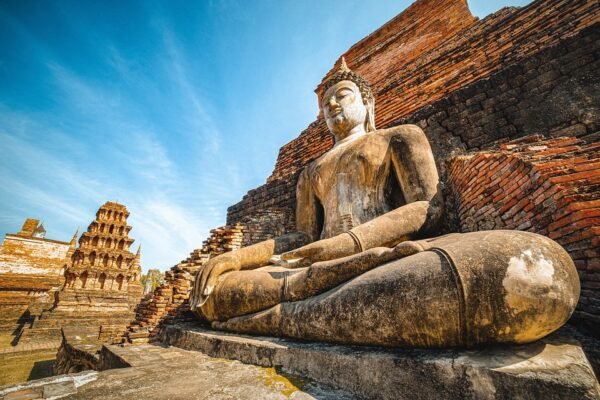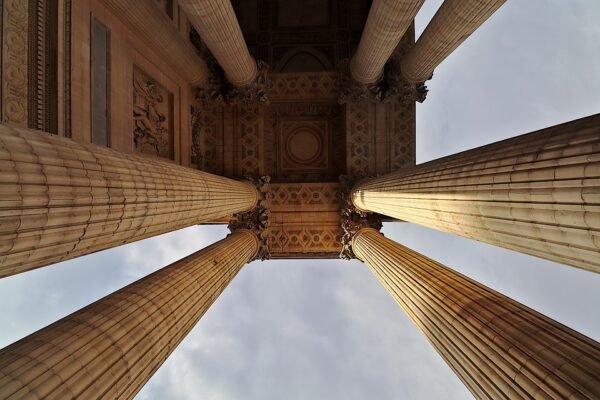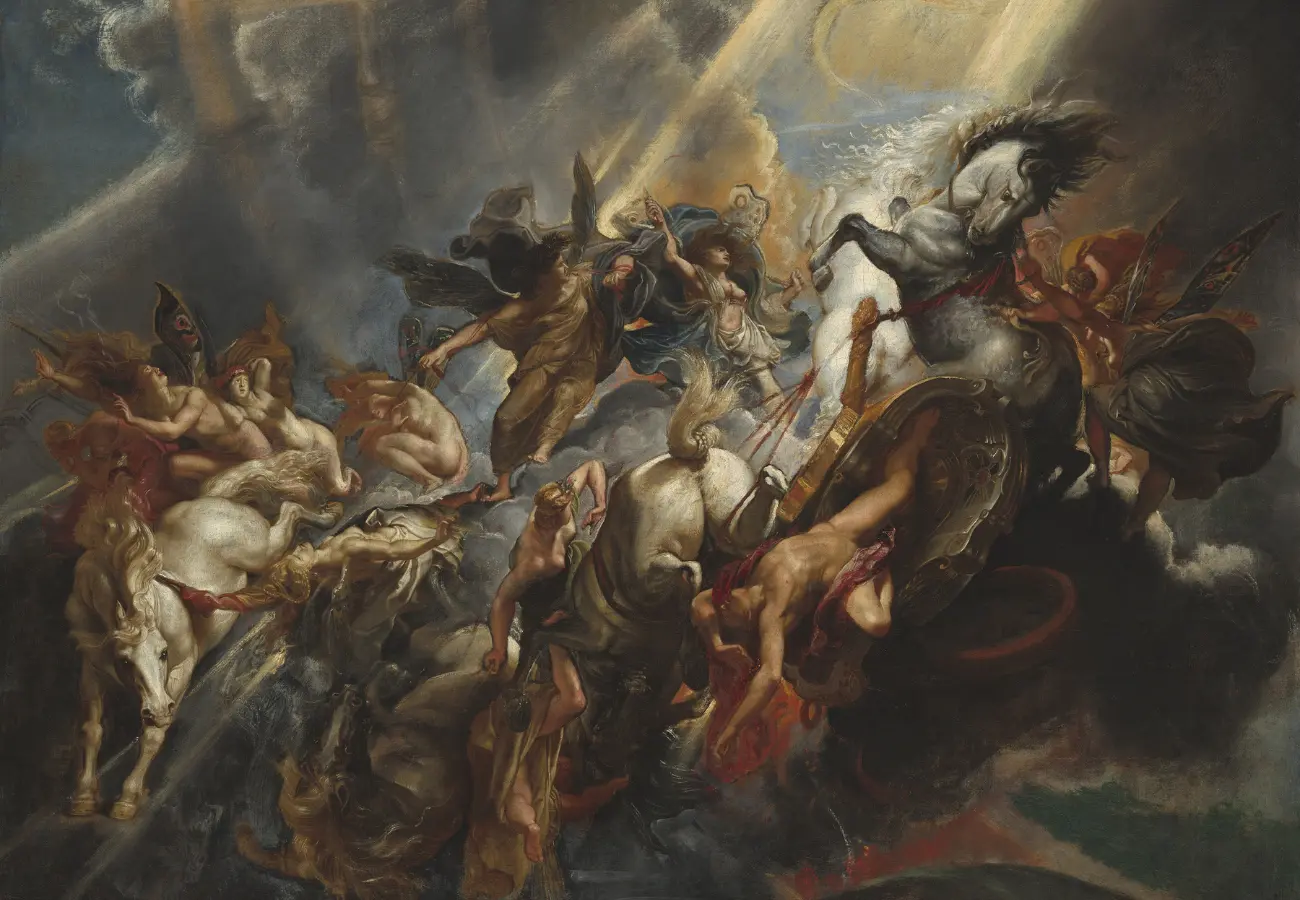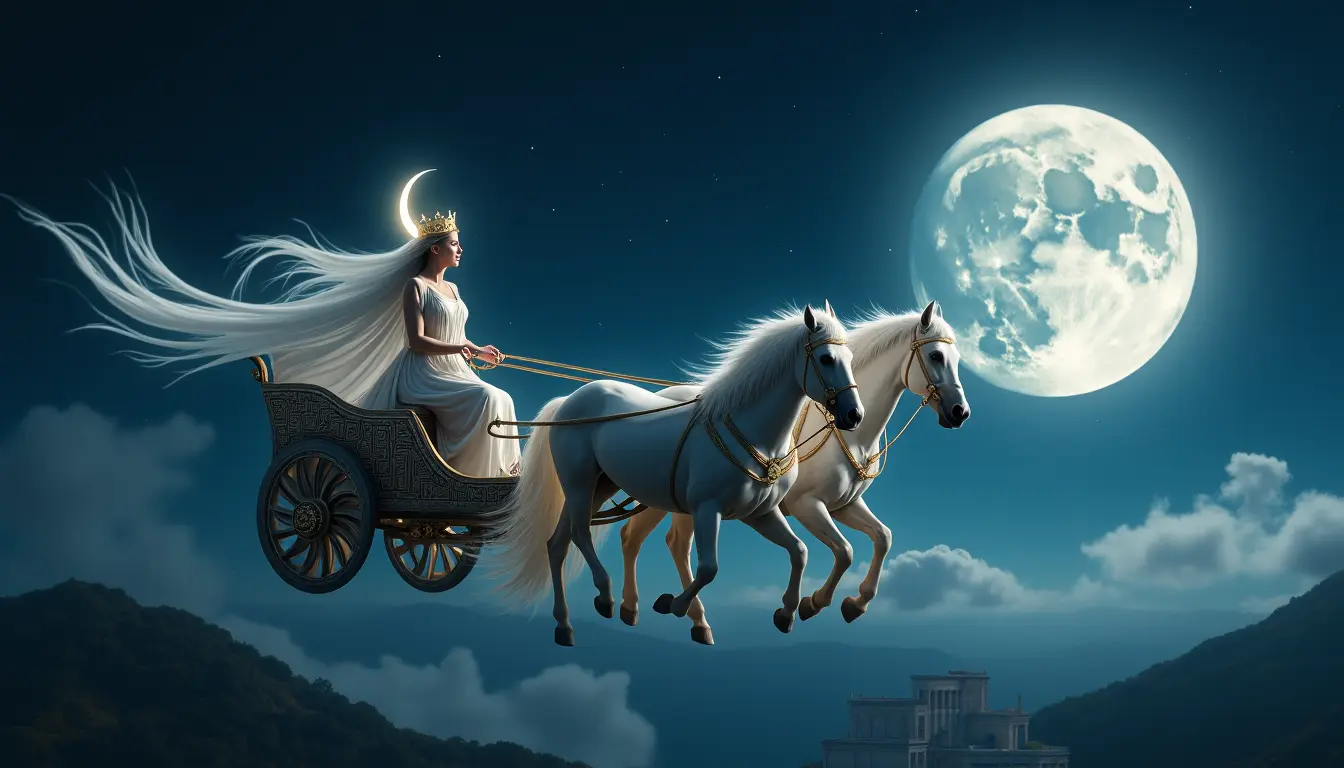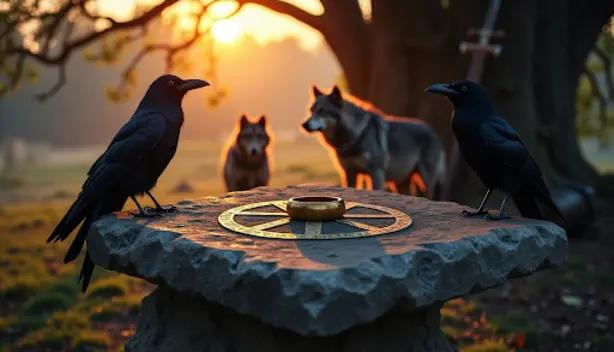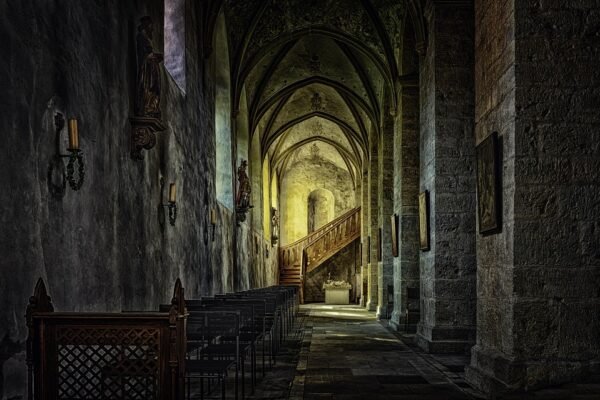
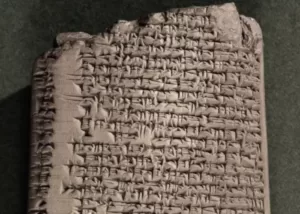
Babylonian God of Creation, War, and Liberation – Retro Timeline
Marduk, the god of Babylon, held a significant position in the ancient Babylonian pantheon, playing a central role in the religious and cultural life of the city. As the god of creation, Marduk was revered as the supreme deity, believed to have created everything in the world, including human beings. His wisdom, power, and authority were highly esteemed by the Babylonians.
In Babylonian mythology, Marduk was credited with defeating the chaotic forces of Tiamat, establishing order and harmony in the universe. His fierce battles with other gods were celebrated with elaborate rituals and grandeur. The worship of Marduk was pivotal in Babylonian religion, shaping the city’s political and social structures. The Babylonian king was considered Marduk’s earthly representative, and his involvement in the cult was crucial for his legitimacy.
The temple of Marduk, known as the Esagila, stood as Babylon’s most prominent religious site, drawing pilgrims from across the ancient Near East. Marduk’s status as the King of Gods and his reported role in freeing the Jews added to his significance in Babylonian mythology. Similarly, parallels can be drawn with Egyptian and Greek mythologies.
Marduk’s origins are debated among scholars, with some suggesting he emerged from a merger of earlier Babylonian gods, while others propose he was created as a unifying figure for the city-state. Regardless of his origins, Marduk’s ascension to prominence in Babylonian religion was a gradual process over centuries.
Originally a minor deity associated with Babylon, Marduk’s stature grew as the city-state expanded its influence. The Babylonian kings viewed Marduk as their protector and patron deity, solidifying his importance in their culture. Marduk’s mythology became intricate, associating him with attributes such as wisdom, justice, and warfare. The Babylonians believed he defeated the chaos dragon Tiamat and created the world from her body.
Marduk’s cult influenced the political and social life of Babylon, with major religious festivals centered around him. The king’s participation in these rituals was mandatory, showcasing the intertwining of religion and governance. The priesthood of Marduk held significant power, involved in various aspects of Babylonian life.
The story of Marduk’s role in the Babylonian creation myth, Enuma Elish, highlights his significance in maintaining order and stability. The epic tale describes Marduk’s victory over Tiamat, symbolizing his supremacy over the gods and establishing him as the world’s creator and humanity’s patron.
During the Babylonian captivity of the Jewish people, some saw Marduk as a potential liberator. While Marduk was a central figure in Babylonian religion, there are indications that the Jewish people viewed him positively. The book of Daniel in the Hebrew Bible portrays Nebuchadnezzar II, the Babylonian king, acknowledging the greatness of God. The dream in the book, featuring Babylonian mythological imagery, suggests a possible link between Jewish beliefs and Babylonian religion.
The impact of Marduk’s mythology on the culture of Babylon and its interactions with the Jewish people during their captivity adds complexity to the narrative. The intertwining of beliefs and interpretations creates a fascinating and multi-layered story with far-reaching implications.


